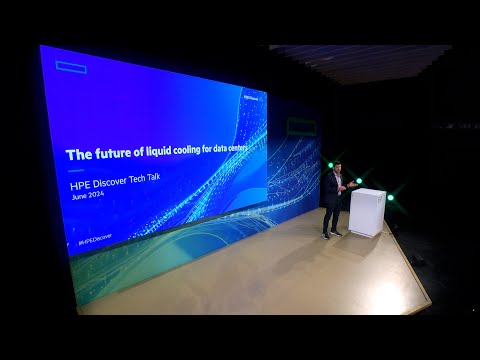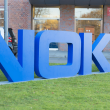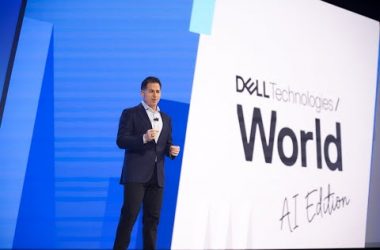Jason Zeiler, the Liquid Cooling Product Manager at HPE, recently delved into the future of liquid cooling at a session focused on emerging trends in the industry. At HPE Discover 2024, Mr. Zeiler highlighted the rapid evolution in chip design, noting that power densities have seen a significant increase over the past 20 years, particularly in the last decade. High-end CPUs and GPUs, which once required around 200 watts, now demand approximately 300 watts and 500 watts respectively, with projections indicating even higher demands on the horizon. This surge necessitates advanced cooling solutions.
Zeiler emphasized that liquid cooling is becoming a crucial technology to handle these higher power densities efficiently. Liquid cooling not only maintains optimal performance but also significantly reduces power consumption. According to Zeiler, traditional air-based cooling methods are becoming less viable as chips become less tolerant of high temperatures, with some modern chips having a thermal tolerance as low as 60°C.
In his session, Zeiler discussed the benefits of liquid cooling in detail. He pointed out that liquid cooling allows for substantial cost savings in cloud infrastructure by consistently maintaining lower temperatures for high-power CPUs and GPUs. This technology also improves efficiency, reducing operational costs by using less power for cooling purposes. In data centers, liquid cooling can minimize the need for air cooling systems, leading to more efficient use of power and space.
Zeiler illustrated the advantages of liquid cooling with a comparison of HPE’s XD 2000 servers. When benchmarked, liquid-cooled servers showed a 15% decrease in chassis power consumption compared to air-cooled servers. This efficiency gain is due to the fans running at idle, thanks to the effective cooling provided by cold plates attached to CPUs and GPUs. Additionally, the servers experienced a slight performance boost as the chips were kept at more consistent temperatures, avoiding hot spots.
The session also highlighted the potential for higher density in data centers. Zeiler noted that many current data centers operate below their maximum capacity due to cooling limitations. Liquid cooling allows for fully populated racks, increasing data center density without expanding the physical footprint. This not only saves space but also reduces the overall energy consumption and carbon footprint.
Zeiler explained that HPE’s experience in building ExaScale class systems, which are entirely liquid-cooled, has positioned them well to apply this technology to enterprise and AI applications. These high-density racks, pre-cooled and pre-configured, offer a positive customer experience and are ready to deploy upon arrival.
Moreover, liquid cooling provides a path to greater energy efficiency and performance. HPE’s XD 2000 and 6500 servers, designed for HPC and AI workloads, demonstrate the practical benefits of liquid cooling. These systems capture approximately 70% of the server heat using direct liquid cooling, with the remaining 30% managed by air cooling solutions.
Zeiler concluded by discussing the broader implications of liquid cooling for the industry. He emphasized the importance of planning for liquid cooling in new data center builds and retrofits. He highlighted that liquid cooling can be integrated into existing infrastructure, making it a viable option even for data centers not originally designed for it.
In summary, Jason Zeiler’s presentation underscored the transformative potential of liquid cooling in addressing the growing power and cooling demands of modern high-performance computing environments. By adopting liquid cooling, organizations can achieve significant efficiency gains, cost savings, and improved performance, positioning themselves for the future of computing.









